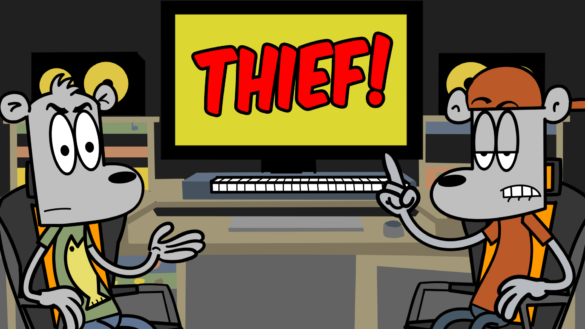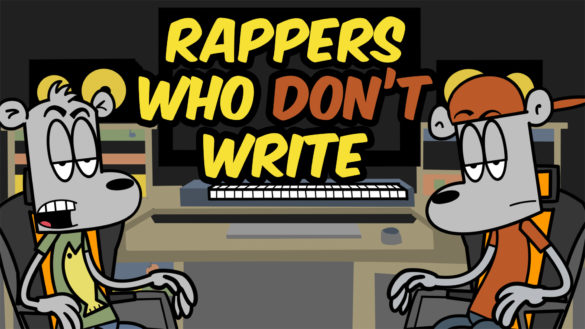Artists today are looking for and experimenting with alternative ways to diversify their income. Most of these ideas fall under the umbrella of what is called “branding”. This word means different things to different people depending on who you ask in the industry. To me, it’s simply expanding your influence by becoming a symbol of an idea or movement, and nothing bonds fans together with this idea better than a logo.
Artists who have successfully accomplished this, benefit greatly when attaching their logo to their own merchandise. Sometimes a logo can become more symbolic and recognizable than the artists themselves. The thought of this came to mind when I discovered that Wu Tang t-shirts were now being sold at the Gap. In fact, as far as hip hop acts go, Wu Tang is the greatest example of how logo branding can not only become a lucrative source of income, but also a means to further increase awareness about the artists associated with it.
Fans often love to display logo-branded merchandise because it communicates their loyalty to the artist. These symbols, can over time, have an emotional value to fans just as potent as your music. And they can sometimes become recognizable to those who are not even fans of that artist.
Among some of the more popular logos, some appear to be complex in design and some work by just being simple. Whatever the case, make sure that the logo you choose to represent your label or group, is one that you’ll be fine with years from now. When or if you decide to change it up in the future, getting fans to adopt a new image, after they have already have one embedded in their mind, may be difficult and confusing. In conclusion, artists should not underestimate the power of creating and implementing a graphic logo as an important part of their marketing plans.





